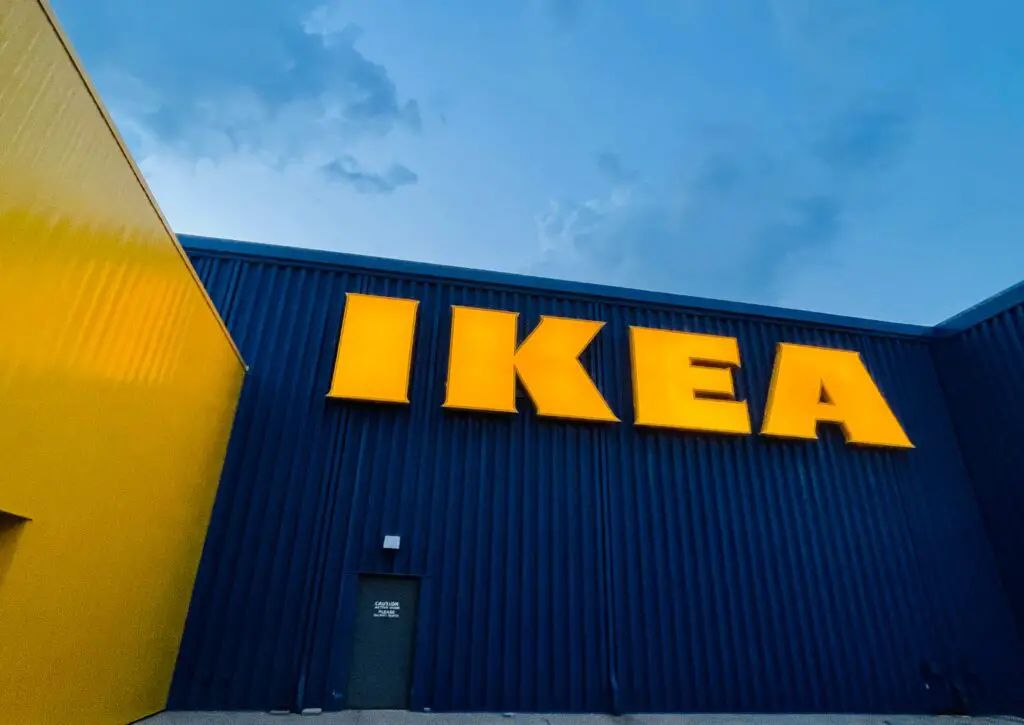A group of potential customers which is identified by a business to sell their products and services is commonly known as a target market. It is a subset of the total market in which management of businesses put their marketing efforts and resources. IKEA started in 1934 as a Swedish retailer by founder Ingvar Kamprad offering a huge variety of different product lines including furniture, kitchen appliances, home décor, home textiles, etc. IKEA mainly targets young professionals who are usually price conscious, smart, energetic, require the best quality, innovative designs, and like smart-affordable product designs. Let us know more about Ikea target market.

IKEA is a retail chain brand name that has the vision to deliver a better life experience for many people every day by offering the best quality and sustainable products with affordability to their customers. IKEA’s target market is segmented according to demographics as a customer in different demographics used to have different requirements, needs, and wants. IKEA is a successful retailer and fulfills target market requirements via effective segmentation. IKEA’s effective segmentation of the target market is based on age, income bracket, occupation, and lifestyle.
About IKEA
IKEA is a retail brand that tries to scale materials used for all product lines as fully as possible. IKEA puts efforts to consider all relevant parameters in their production process such as waste minimization, water reduction, resource optimization, land consumption, human rights, carbon footprint, and biodiversity impact as well. IKEA focuses on “DEMOCRATIC DESIGN” while targeting their market, this instrument develops and assesses products of business range and covers five aspects like form, function, sustainability, quality, and low price. IKEA primarily focuses to maintain balance among these aspects that make products fit into a democratic frame.
To become a democratic and sustainable-focused company, IKEA is currently using 10% recycled material and 60% renewable material for its production. IKEA has formed and followed a product life cycle map, this map covers lean manufacturing, logistics, and selling procedures so that the product can be easily recycled and should not leave carbon-foot prints.
IKEA target market
Any business model can have more than one target market namely primary target market (focus) and secondary target market (smaller but has growth potential). IKEA’s main target market segment is middle-class individuals and families aged ranges from 20 to 35. The individuals and families who are most likely budget conscious, quality conscious, appreciate simple and smart products, and consider pocket-friendly products, come under the umbrella of IKEA’s target market. Furthermore, both males and females buy from IKEA at essentially the same rates. IKEA has approximately 400 stores located in Europe but in addition to this, IKEA generates a significate amount of company sales from the United States.
- Age: People between the ages of 20 to 34 fall in IKEA’s target market as IKEA offers low-quality contemporary design products. When a customer reaches the age of 34 or 35 drops purchases at IKEA naturally.
- Location: IKEA has 53 stores in Germany and 50 stores in the United States as IKEA is a Swedish brand with 70% of its stores located in Europe. But IKEA customers are spread all over the world. As per market analysis, these states have high customer volume, and it fits naturally into IKEA’s target market segment when it comes to lifestyle and location.
- Gender: The statics show even distributed numbers when it comes to gender. Also, males and females visit the same stores to shop for IKEA products. But IKEA stores that promote a DIY (do it yourself) approach are more frequently visited by men than women.
- Salary: IKEA targets middle-class consumers globally with a middle-wage bracket from an average income of $35,000 to $80,000. People who want to spend their earnings on good quality items love to buy from IKEA. The main reason IKEA has been able to establish its presence globally is affordability.
When it comes to ideal customers, IKEA focuses on a mono-segment position. This position focus on targeting people with middle-range pay who wish to get the best quality with affordability. That’s why young professionals, average salary employed are the most popular IKEA visitor.
Conclusion
IKEA segments its target market in age, lifestyle, income or salary, and location. Young students and professionals who are cost conscious are the main target market of IKEA. As per market analysts, cost leadership is IKEA’s key competitive advantage that gives benefits to IKEA over the competitors. IKEA has achieved this competitive edge by optimizing manufacturing costs and reducing intermediaries. IKEA practices production concept in bulk and achieved low cost and high production which gives a pricing advantage and IKEA meets the economics of scale.
Frequently asked questions (FAQs)
- What is IKEA?
IKEA is a retail brand founded in 1943 by Ingvar Kamprad in Almhult, Sweden. It is a home furnishing retailer that believes in design, comfort, quality, sustainability, and affordability.
- What are the features of IKEA products?
Affordability, sustainability, variety, and good quality.
- What is IKEA’s target market?
IKEA’s target market is middle-class young individuals or families who live in cities but in small to medium-sized homes with average incomes. These individuals love to buy products of good quality at affordable prices.

